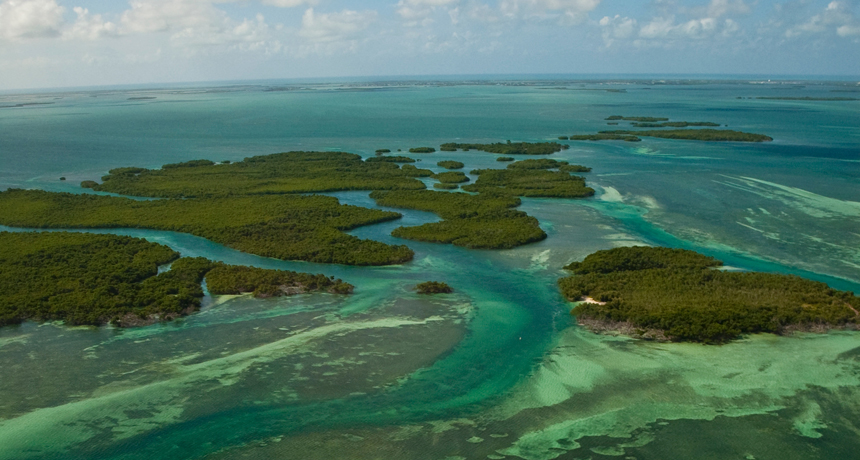Mangroves move up Florida’s coast
Satellite images reveal tropical trees’ northward expansion

MOVING MANGROVES Rising winter temperatures have allowed mangrove forests like these in Key West to expand north along Florida’s Atlantic coast.
Paul Nelson/U.S. Geological Survey







